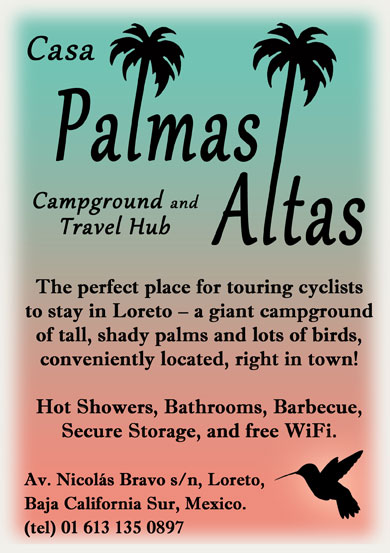National And Regional Food And Drinks
ají: chilli sauce (red ají chillis and seeds, vinegar, cilantro, salt) popular as a side dish in Chile and the Andes
arepa: round, flat, thick corn flour patty associated mainly with Venezuela, but also found in Colombia and Panama
asado: barbecued meats cooked on a parrilla (grill) most associated with Argentina, but also found throughout the southern cone and Andes
baleada: national dish of Honduras comprising a large, flat, wheat flour tortilla folded over refried beans and any combination of cheese, cream, eggs, and other savoury ingredients
bandeja paisa: a Colombian national dish with red beans, rice, fried eggs, pork, crackling, patacón (mashed, fried plantain), chorizo, arepa, hogao (onion-based sauce), blood sausage, tomato, and avocado, all served on a large, oval plate
chinchulines: grilled pork or beef intestines similar to chitterlings or chitlins, popular in Argentina and Río Plata
churrasco: in Brazil, similar to the Argentine parrilla, but also a broad term used throughout Latin America referring to many kinds of grilled meats
completo: a hot dog topped with diced tomatoes, sauerkraut, mashed avocado, and mayonnaise, ubiquitous in Chile
empanada: a stuffed wheat flour pastry similar to a Cornish pasty with many regional and national variations, but most popular in Argentina where they come soufflé (fried) or al horno (oven baked) with set ingredients inside identified by the repulgue (the pattern of the pinched seam on top) and an accompanying chart
gordita: a type of corn flour empanada, filled with cheese, meat, and other ingredients, found in Mexico and similar to an arepa
feijoada: national dish of Brazil consisting of a large stew of beans, pork, beef, chopped sausage, and bacon
fugazza: derived from Italian focaccia, but more similar to a pizza, topped with onions and herbs; found in Buenos Aires and other parts of Argentina and Río Plata
fugazzeta: a fugazza with cheese added
gallo pinto: national dish of Costa Rica, but also found in Nicaragua, made with rice and beans and often extended into a larger dish which could include plantains, fried eggs, tomatoes, and other ingredients
guisado: a stew, but with many regional and national variants, including pollo guisado cubano (Cuban chicken stew) and many Caribbean, Mexican, and Central American versions
horchata: sweet vanilla rice drink often with added cinnamon
jamaica: dark red, cold, hibiscus infusion; most popular in Mexico
kuchen: literally, cake, in German, but known in the Chilean lake district as a regional specialty resembling a fluffy cake with berries (often blackberries, cherries, or raspberries)
licuado: milk- or water-based blended fruit drink or smoothie often made with ice and sold as street food especially in Central America and other tropical areas
locro: thick corn-and-meat stew very popular in Argentina, but originating, and still common in, the Central Andes
milanesa: thin, large, breaded meat fillet (cheese-added variation known as milanesa napolitana) most common in Río Plata
mole: dark, savoury chilli sauce from Mexico with many regional varieties and often with a chocolate base
morcilla: grilled blood sausage, popular in Argentina and Uruguay
moros y cristianos: rice and beans dish from Cuba, but of Iberian origin
pabellón: a Venezuelan dish of shredded beef, rice, fried plantains, and fried egg, served with arepas
pupusa: El Salvador’s ubiquitous national food; a thick, chewy tortilla similar to Guatemala’s and often filled with cheese, and sometimes meat
ropa vieja: shredded meat in tomato sauce found in Cuba and Caribbean
sancocho: a loose soup or broth with large chunks of meat, potato, yucca, corn on the cob, and regional additions; most notably in Colombia and the Northern Andes
tamal: boiled or steamed corn flour based cake, often filled with meat, cheese, and vegetables, and wrapped in either a corn husk or a banana leaf
Add to this list! Did you see or hear one of these words said a different way in Spanish? Keep Pedalingo growing by submitting it through the contact form.
Provide (1) The word (or term) correctly spelled, (2) Where you heard/found it, (3) What it means to the best of your knowledge, and (4) Any alternate spellings you encountered.




